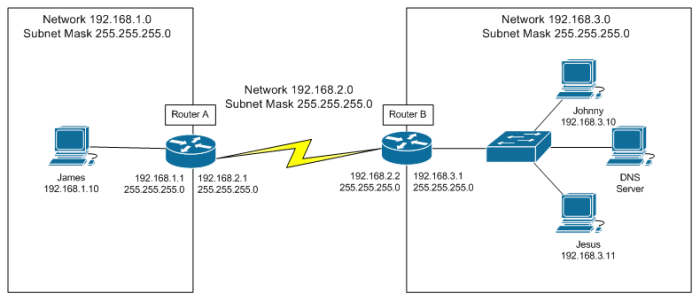It is essential for folks to understand what IP routing is when it comes down to networking. But not only that, they should know of the different IP routing protocols as well. This article will explain everything important you need to know about IP routing, and probably a little bit more.
What is IP routing?

OK, so IP routing is basically a simple process of sending packets from a host on a single network to another host located on a different network from a remote location. Usually, the process is done and completed by the use of routers.
You see, the routers will examine the destination IP of a packet, and from there, they will determine the next hop address. Finally, the routers will forward the packet to its final destination.
Note that routers tend to use routing tables in a bid to ascertain the next hop address where the packet should be forward to.
What are the different Routing protocols?
Knowing the different routing protocols is important. The following information should open your eyes:
- Default Gateway explained
- Let us talk about Routing Tables
- Methods for populating a routing table
- Let us look at some routing protocols
1] Default Gateway explained
For those who are wondering, a default gateway is basically a router that a host will use to communicate with other hosts on a computer network. Whenever a host does not have a route entry for any particular remote network and has no idea on how to reach that host, a default gateway is used.
2] Let us talk about Routing Tables
Not many people know this, but each wireless router inside your home contains a routing table stored within the RAM. The routing table is primarily used to determine the path to the destination remote network.
We should point out that each network comes packed with the following entries:
- network destination and subnet mask
- remote router
- outgoing interface
3] Methods for populating a routing table
There are multiple methods for populating a routing table at any time. They are as follows:
- directly connected subnets
- using static routing
- using dynamic routing
4] Let us look at some routing protocols
At the moment, there are two types of routing protocols, and they come in the form of Distance vector (RIP, IGRP) and Link state (OSPF, IS-IS).

What is Distance Vector Protocol?
This protocol was designed to use distance to determine the best possible path to connect to a remote network. From our understanding, the distance is basically the number of hops to the destination network.
Now, we should note that Distance Vector Protocols tend to send the entire routing table to each neighbor. Furthermore, this protocol will take advantage of the Bellman-Ford algorithm to analyze the best routes.
What are Link State Protocols?
This type has a similar purpose when compared to Distance Vector Protocol when it comes down to locating a path to the destination network. However, it uses a different method to get the job done.
With Link State Protocol, it does not advertise the entire routing table. It chooses instead to showcase information regarding a network’s topology. When this is done, all routers running on a link-state protocol will adopt the same topology database.
Now read: What is Routing? Types of Routing on a Network explained.